
|
ECGbook.com Making Medical Education Free for All |
Upload ECG for Interpretation |

|
ECGbook.com Making Medical Education Free for All |
Upload ECG for Interpretation |

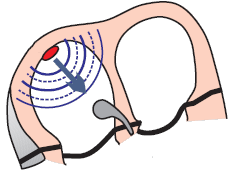

Sinus Tachycardia


Sinus Tachycardia

Sinus Rhythm

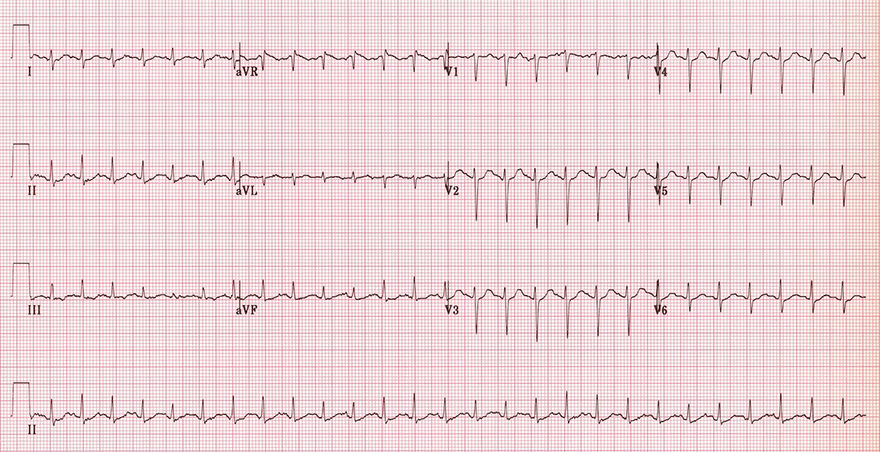
Sinus Tachycardia

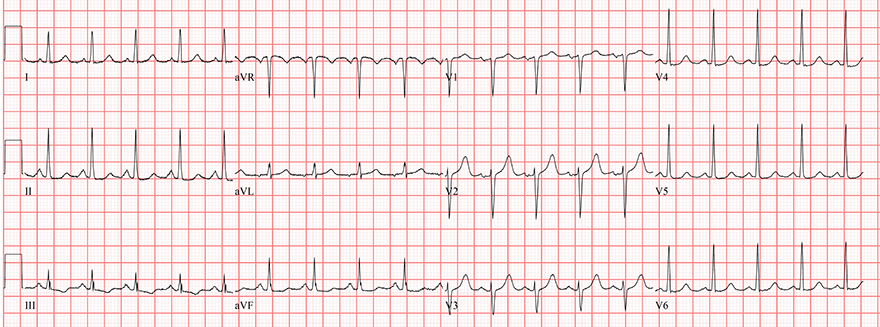
Sinus Tachycardia

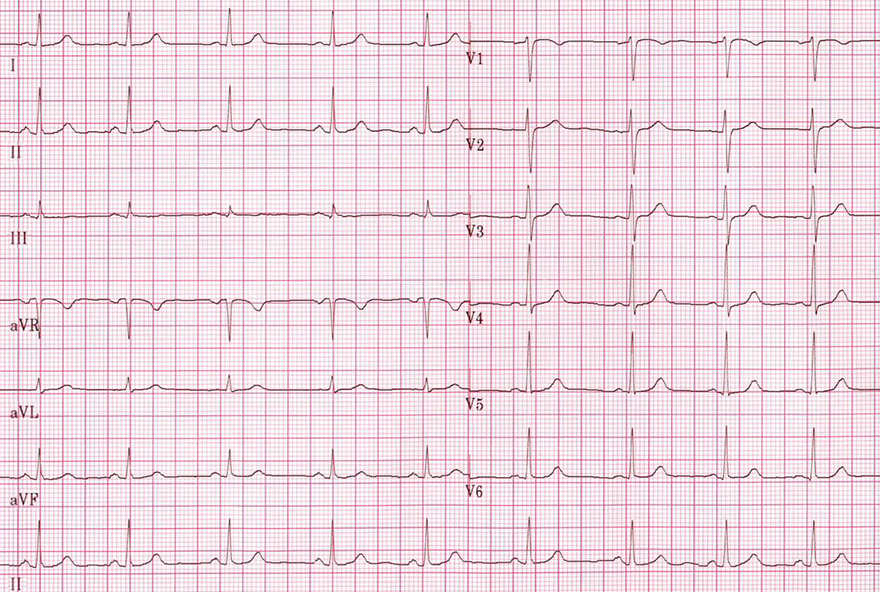
Sinus Rhythm
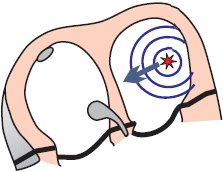
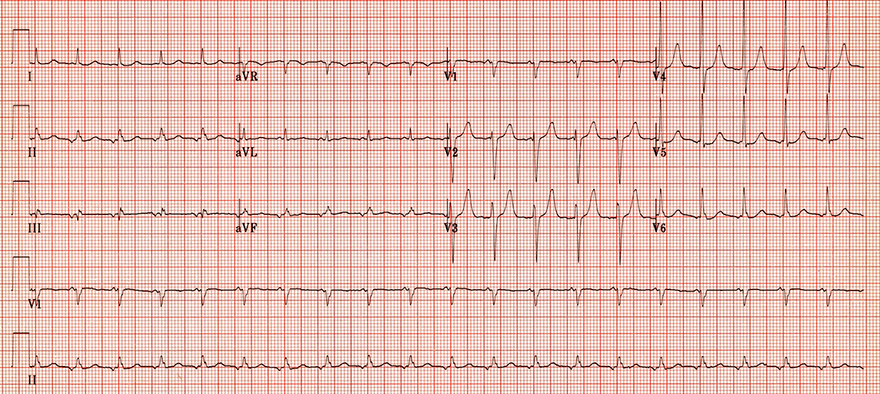
Focal Atrial Tachycardia
Sources
Sinoatrial Node
|

|
ECG and Sinus Tachycardia
|

|

Sinus Tachycardia
 |
 |
Sinus Tachycardia

Sinus Rhythm

|
Sinus Tachycardia
|

|

|
Sinus Tachycardia
|

|

|
Sinus Rhythm
|

|

|
Focal Atrial Tachycardia
|

|
Sources